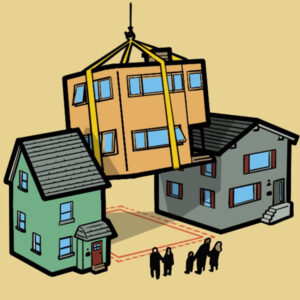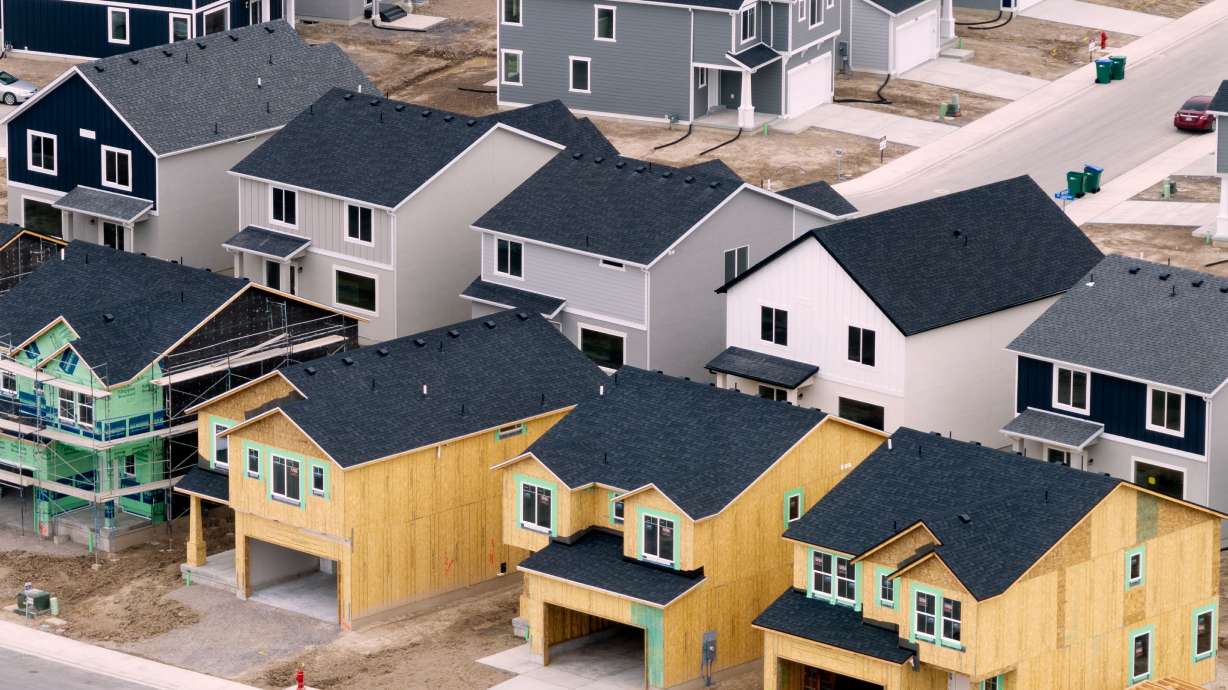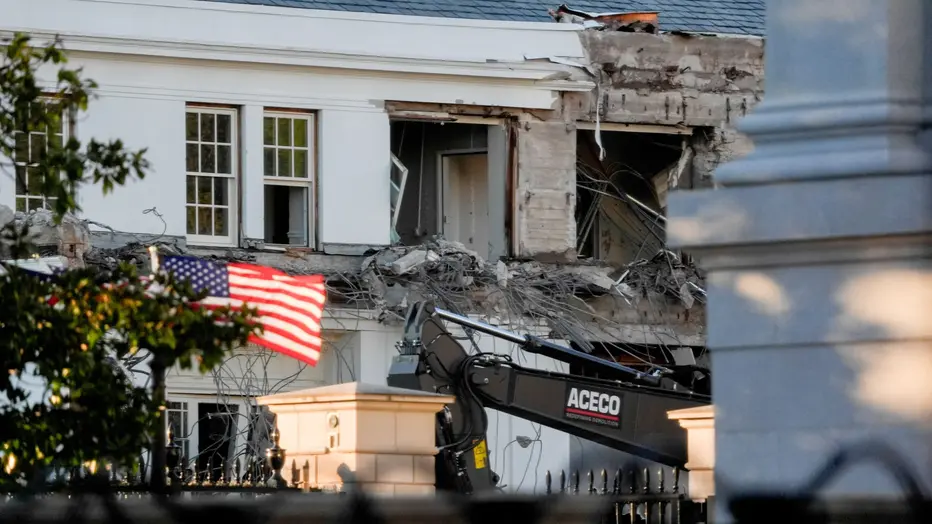Lately it seems we’re good at building two different housing types: large homes on large lots and large apartment complexes. These housing types, however, are leaving a gap in the market that many Utahns are falling through. Middle-class families, young professionals, and seniors alike are struggling to find homes that fit their needs and budgets. If we had a freer market in housing, however, we could make great strides in filling those needs.
What is “Missing Middle Housing”?
There’s a term used among housing professionals that is mostly unfamiliar to the general public. The term is “missing middle housing” and it refers to a range of housing types that fall between large-lot homes and large apartment complexes. These include starter homes on small lots, starter homes clustered in cottage courts, duplexes, triplexes, and townhomes. The word “missing” is used because you don’t see much of it being built today.
While these “missing middle” housing types may not be everyone’s ideal, they offer something desperately needed by many—more affordability than a large-lot house and more space than a typical apartment complex.
Free to Build Missing Middle Housing?
A significant obstacle to building more missing middle housing is local zoning codes, which strictly regulate what property owners can build. These regulations go far beyond keeping heavy industry out of residential areas; they often flat-out prohibit starter homes on small lots or in clustered layouts. This is mainly achieved through minimum lot size requirements, but also by rules that mandate homes be set a certain distance apart or require that they front a street.
Zoning restrictions also frequently block the construction of duplexes and other “attached housing,” where homes share a common wall. A freer housing market, one without these artificial barriers, could open the door for more innovation in these housing types.
We could see small-lot homes with less emphasis on front yards but with backyards perfect for family gatherings. Duplexes and triplexes could be designed to offer plenty of yard space for parties, trampolines, or even pools. These homes wouldn’t need to be rental-only, as zoning could be crafted to encourage ownership opportunities as well.
In short, when zoning says, “no” to building these design types in vast areas of our cities, zoning stifles innovative design. Zoning this strictly does little to preserve neighborhood character, but does a lot to prevent Utahns from achieving home ownership.
Free the Market
Over the past five years, home prices have increase by 65%. Housing has become so expensive even a professional making $80,000 a year has little chance of qualifying for a loan. Utah renters are also feeling the squeeze, with median rents at $1,835. To stabilize this situation, we need to take a hard look at the zoning regulations that have contributed to the scarcity of “missing middle housing.”
Addressing this issue requires action from residents, elected officials, and city staff. By advocating for zoning reform that promotes missing middle housing—such as reducing minimum lot sizes, allowing attached housing like duplexes, and permitting various types of accessory dwelling units (ADUs)—we can help free the housing market.
The time for bold, market-driven solutions is now, and it begins with zoning reforms that give the housing market the freedom to meet the diverse needs of Utah’s growing population.








